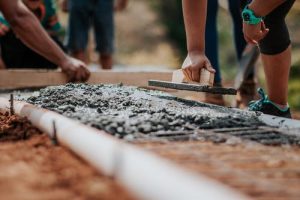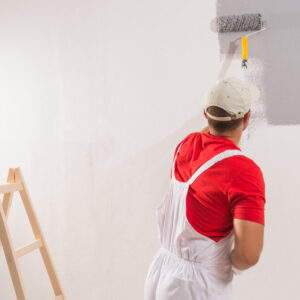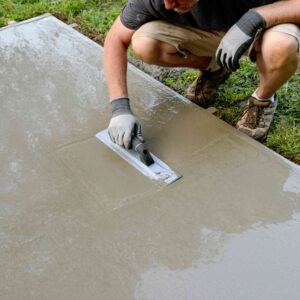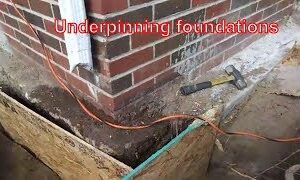It is the process of moving a structure’s foundation deeper into a ground. This is done by
extending the foundation to the corners, working inwards. The underpinning procedure must be
performed under a strip footing, or a three-by-two-foot area of concrete, and it must cure properly
before loading the structure. This type of structure is often supported by a reinforced concrete
beam.
Underpinning is sometimes not necessary. However it is a smart idea if your home is at risk of
subsidence or you plan on selling it. Subsidence, large trees, or poor plumbing may all be
reasons for a weak foundation. A well-underpinned house is more valuable than its property and
can be sold or financed. Insurance on listed buildings can be more expensive than for those that
were not.

For homes in clay or waterlogged areas, pile underpinning is the best option. It allows you and
your foundation to move heavy loads. Pile underpinning may be required for buildings without a
strong column. If a foundation is too shallow or is too deep, the needle beam may be used
instead of a central one. Once the foundation is strong enough, you can begin removing the
needle beam.
There are many methods of underpinning. The traditional method involves placing large piles of
earth under a house and then using concrete to reinforce the structure. Modern methods of
underpinning include micropiles or jet grouting. Both methods require the use of concrete and a
mix of sand and cement. The majority of underpinning projects are completed by a qualified
architect, who can ensure the safety of the homeowner and the surrounding community.
Underpinning is a great option to strengthen the foundation of a structure, new or old. It prevents
differential settlement and increases foundation soil’s bearing capacity. A basement floor can
also be built using the underpinning method. You can then add additional floors, such as
bathrooms, and use this method to keep water out of the home. These can help prevent
waterlogging basements. If the home is not properly anchored, it can be vulnerable to
waterlogging.
Cracking is the most obvious sign of subsidence. Cracks appear internally in plasterwork and
externally in brickwork. Your doors and windows may also stick. If your property has a history of
subsidence, it is unlikely that you can secure a mortgage or insure it. The damage often caused
by subsidence is too large to fix yourself. It is important to have a professional assess the
situation. If you suspect that your property is prone to subsidence, it is essential to seek
professional help to ensure the best possible result.
Underpinning is also a great option for repairing existing structures. Underpinning could be a
cost-saving option for homeowners who are renovating their homes. This allows you to ensure
that your structure is safe from any earthquakes or tremors. This procedure will also reduce the
amount of damage done to the existing structure by minimizing excavation. The best
underpinning process is the one that matches the situation.




